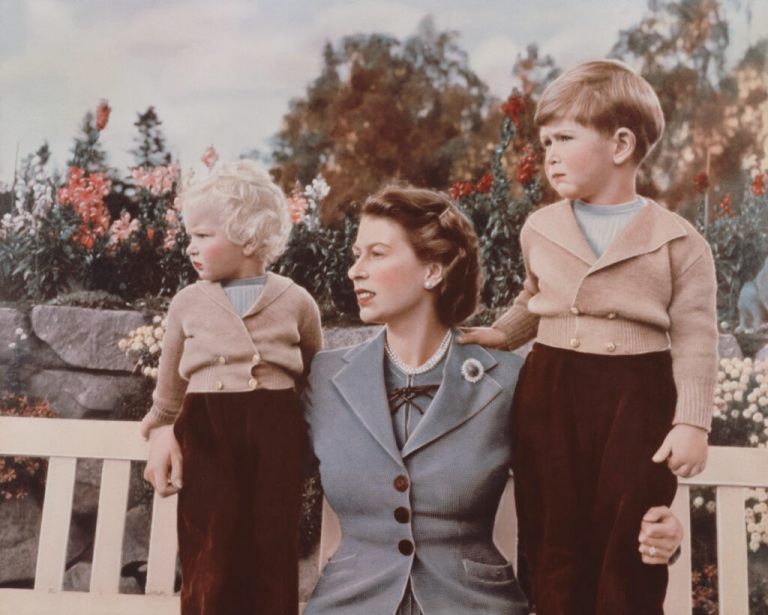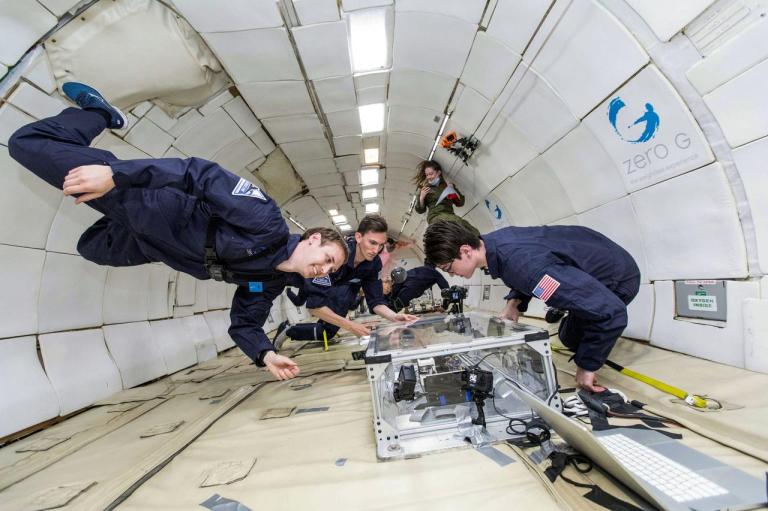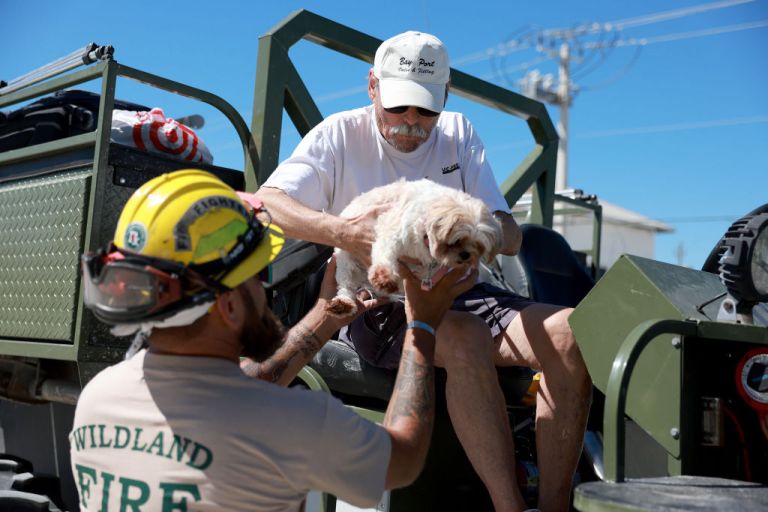Hungarian and Swedish researchers have established that the brains of many modern dog breeds have increased in size — a surprising finding given that, overall, domestication has been known to result in decreased canine brain size, according to a recent study published in the journal Evolution. Specifically, the study found that the more genetically removed a dog breed is from wolves, the larger its brain becomes.
What is the connection between brain size and domestication?
“The brains of domesticated animals can be up to 20% smaller than those of their wild ancestors. The likely reason for this is that the lives of domesticated species are simpler compared to those of their wild counterparts. In the safe environment provided by humans, there is no need to fear predator attacks or hunt for food,” explained evolutionary biologist László Zsolt Garamszegi in a press release.
“Therefore,” he continued, “there is no need to sustain the energetically costly large brain, and the freed-up energy can be directed towards other purposes, such as producing more offspring, which is important for domesticated animals.”
However, after studying hundreds of specimens, the research team found that breeds that are increasingly distant from wolves, genetically speaking, have in fact developed larger brains “compared to ancient breeds that are thousands of years old,” per the release. And modern diversification of breeds has broadened the number of dogs that are less like wolves.
RELATED: Canine Remains From Colonial Settlement Shed New Light on the History of Indigenous American Dogs
The researchers gathered data from 865 individual specimens from 159 different dog breeds, and 48 specimens from wolf breeds, controlling for body size, skull shape, and genetic relatedness. CT scans of the skulls were taken, which veterinarian Kálmán Czeibert used to reconstruct the brains and determine their exact volume.
Study co-author Tibor Csörgő, a senior research fellow at Eötvös Loránd University (ELTE), began collecting skulls decades ago. Csörgő’s collection was supplemented with samples provided by the Canine Brain and Tissue Bank, run by ELTE. The Canine Brain and Tissue Bank samples made it possible to use actual brains to verify brain volume calculated from skull images.
Before completing the study, the team predicted that dogs bred by humans to complete complex tasks like herding or hunting would have larger relative brains.
“Different dog breeds live in varying levels of social complexity and perform complex tasks, which likely require a larger brain capacity,” co-author Niclas Kolm had initially theorized. And larger numbers of modern dogs have been bred to serve an expanding array of needs of their human owners.
RELATED: Stress Has a Smell and Dogs Can Detect It, Study Says
His colleague, Enikő Kubinyi, a senior research fellow at the Department of Ethology at ELTE, explained that “the transition to settlement, agriculture, pastoralism, and the accumulation of wealth offered various tasks for dogs, requiring guard dogs, herding dogs, hunting dogs, and even lap dogs.” adding: “However, a significant portion of the distinct-looking breeds known today has only emerged since the industrial revolution, primarily in the last two centuries, as dog breeding has become a kind of hobby.”
But whether or not a breed had in fact been developed to complete certain complex tasks would prove surprisingly irrelevant, as would a number of other differentiating features, including life expectancy and litter size. The only factor that seems to impact canine brain size is its genetic distance from wolves.
“We couldn’t explain this based on the tasks or life history characteristics of the breeds, so we can only speculate about the reasons,” said Kubinyi. “Perhaps the more complex social environment, urbanization, and adaptation to more rules and expectations have caused this change, affecting all modern breeds.”
While most of us may never understand the how’s and the why’s behind this fascinating evolution in canine brain development, and most of us certainly don’t need to understand it in order to adore our beloved canine companions, it’s certainly intriguing to ponder how far our four-legged friends have come from their wolf origins.












